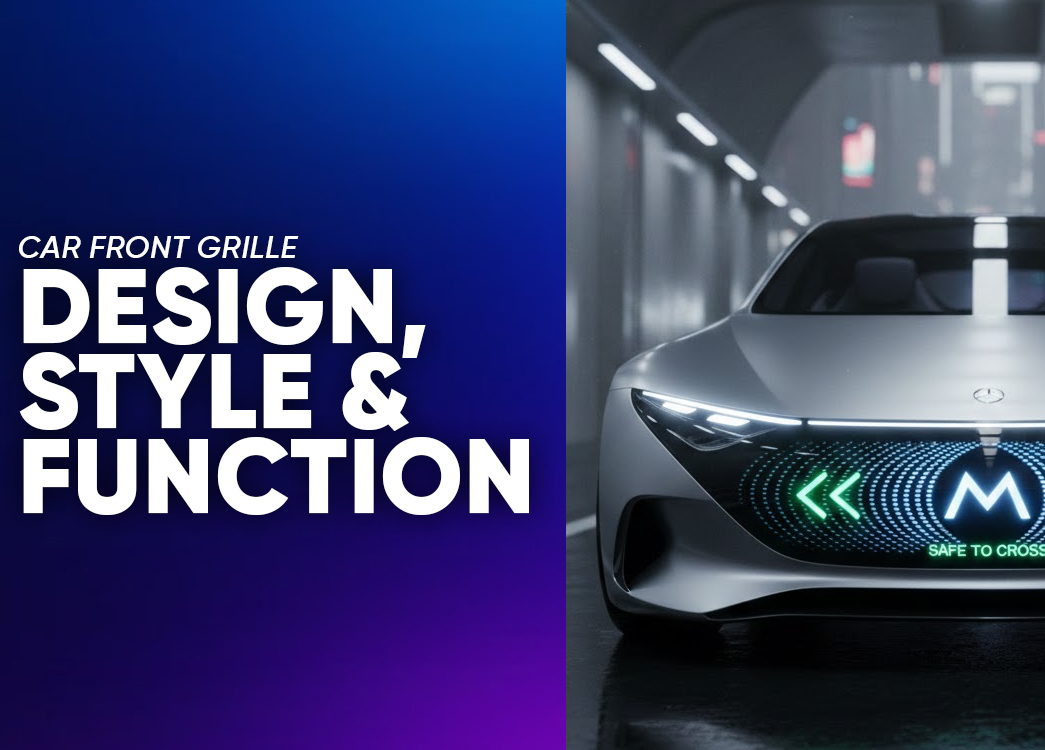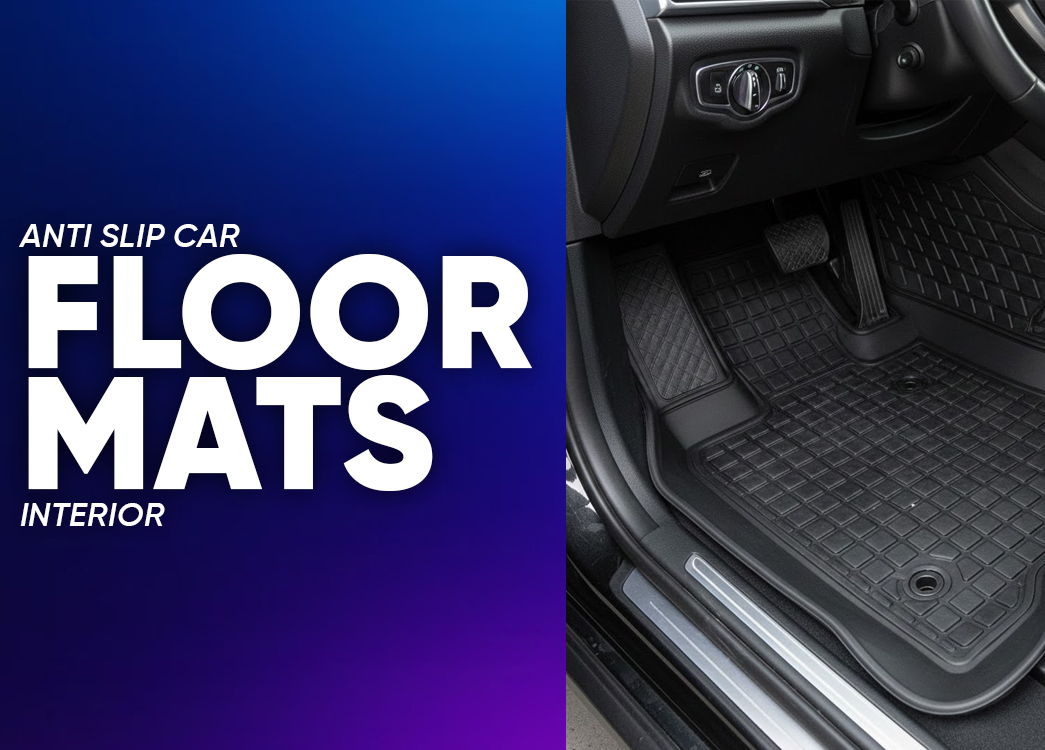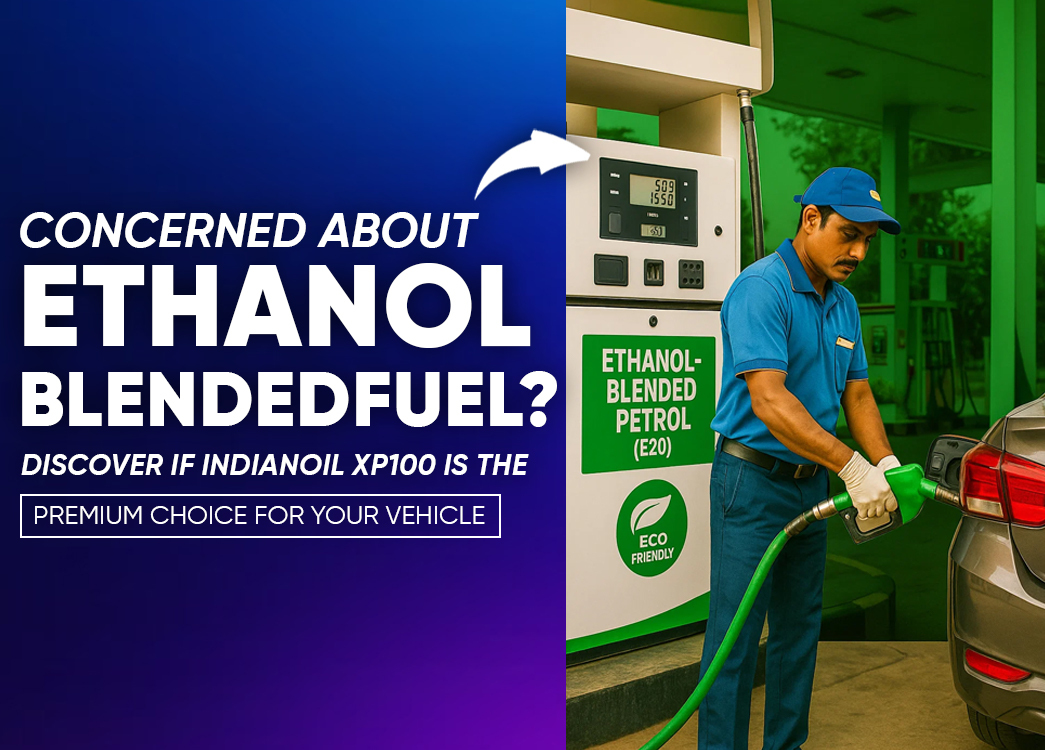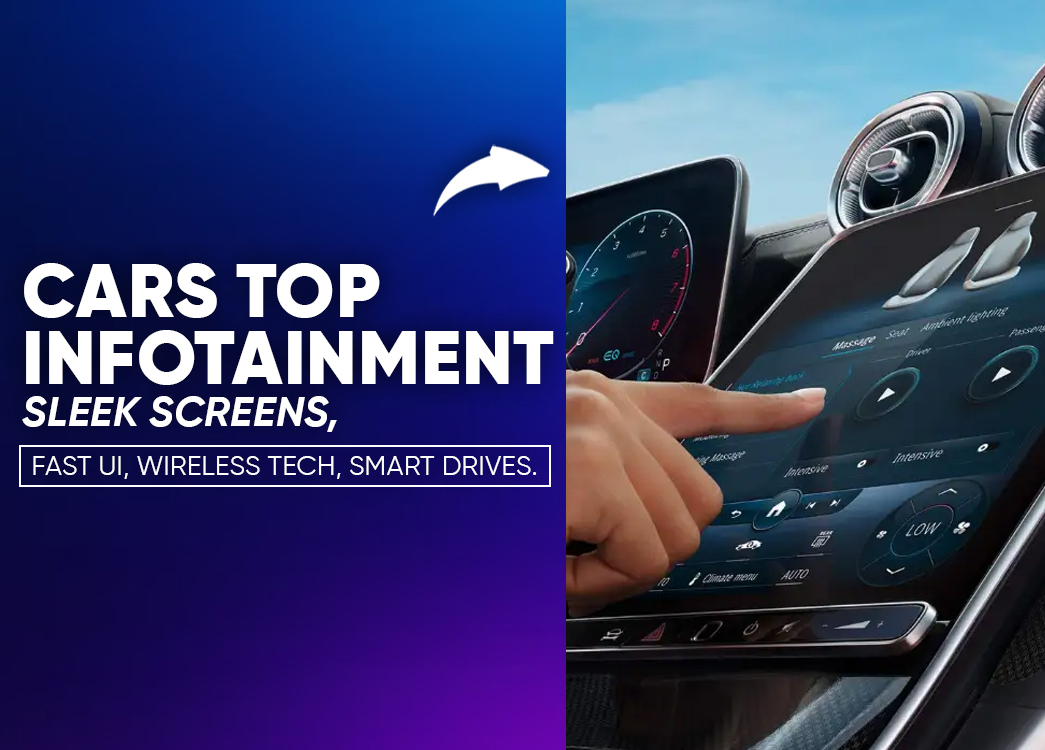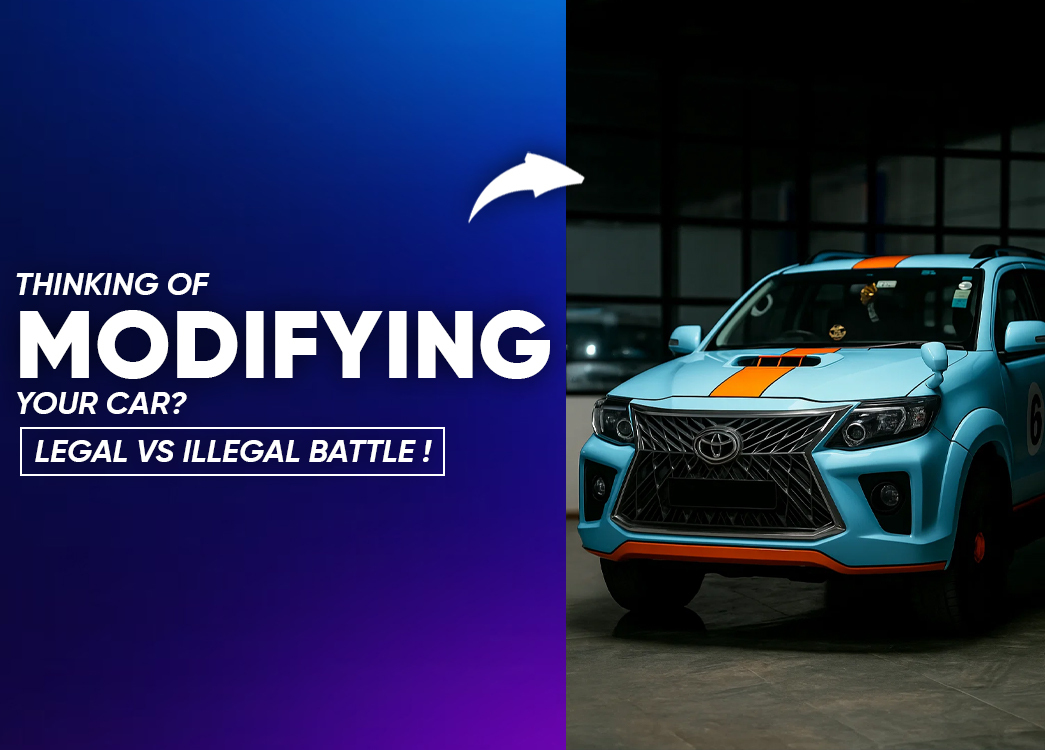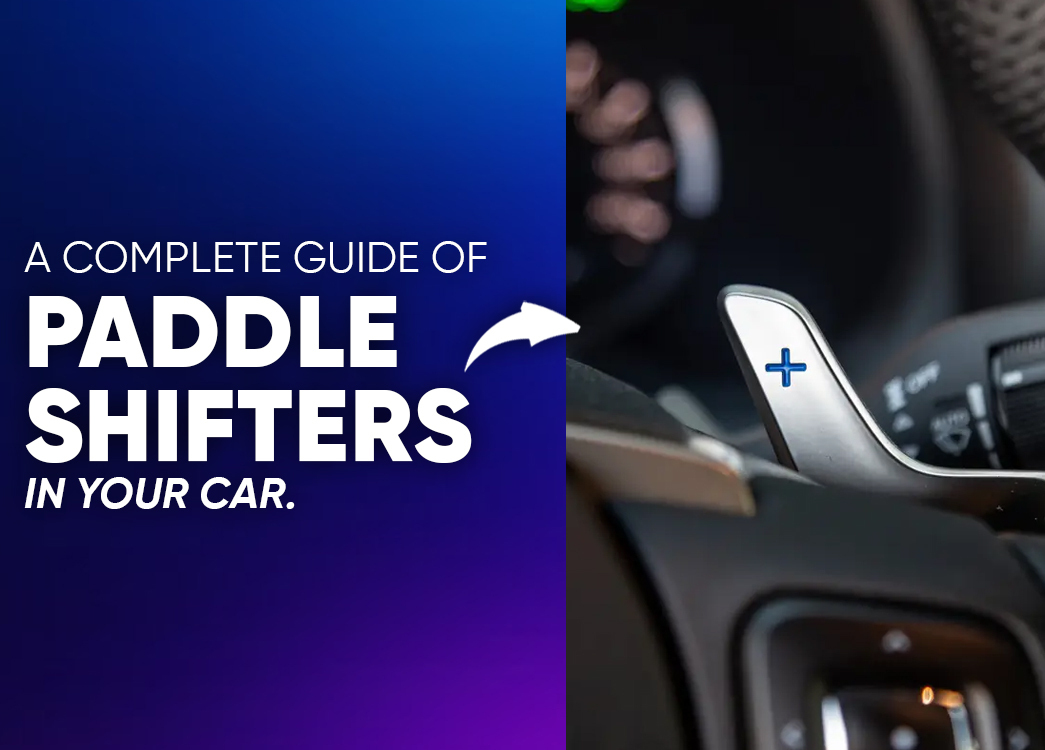
By Chaitali joshi On 09-07-2025 at 7:12 am
Paddle Shifters in Cars: What They Are & How They Work
Driving is more than simply getting from one point to another. For many of us, it always brings enjoyment an element in daily life that may be fun, relaxing, or thrilling. If you are on long road trips, steep climbs, or bumpy roads for settling viewing, the right features in your car will surely make a difference to consider. One such feature that enhances the driving experience and adds excitement to it is paddle shifters.
Paddle shifters give you the feeling of having a manual while not really having to use a clutch or gear stick. You just have to gently tap the paddles behind the steering wheel to select a gear. This aspect makes the whole procedure faster and simpler, giving you a feeling of closeness and control over what you are doing while driving. In this blog, we will be focusing more on what paddle shifters are in cars, how to use them, why they are important, and some tips. We will also share some of the best cars with paddle shifters to buy in India at present.
What Are Paddle Shifters?
Before understanding paddle shifters in cars, let’s first understand the meaning of this term. Paddle shifters or gear levers are placed behind the steering wheel. They allow for manual shifting of the gears in an automatic car. Usually, the right paddle is used for upshifting, while the left one is for downshifting. They give you much more control; for instance, you may quickly downshift to gain power while overtaking another car. Likewise, you may also downshift while driving downhill to help slow down the vehicle via engine braking, which will save a lot on the brakes.
Earlier, paddle shifters were only sitting in exotic supercars like Ferraris or Lamborghinis. But nowadays, more manufacturers are inclined to offer paddle shifters in regular cars. It indeed is a fun and very practical feature, adding to the whole driving experience, whether you are driving.
How Do Paddle Shifters Work?
Though the paddle feels solid and mechanical, the shifting occurs in an electronic-hydraulic way.
Driver Input: When you pull one of the paddles, an electronic switch sends a signal to the car’s TCU.
Command Interpretation: The TCU then interprets that command, considering driving parameters like engine speed, road gradient, and throttle position to determine if a manual input command to change gear is correct.
Execution of Gear Change: Depending on the types of transmission, either hydraulic or electrical actuators are commanded by the TCU to cause a smooth gear change while managing engine and clutch operations in the case of a dual-clutch, torque converter AT, CVT, or AMT.
Safeguards & Overrides: The TCU ensures that a shift will not damage the engine or cause it to stall. For example, it will not permit a downshift that will cause the engine to over-rev since it realizes the best gear available.
All such events take place in milliseconds, thereby performing a seamless gear change without compromising on power, smoothness, and efficiency.
Types of Transmissions That Use Paddle Shifters
Dual-Clutch Transmission (DCT): They have two clutches, one for odd gears and the other for even. This allows for quick shifting. With paddle shifters and a DCT setup, you can shift in manual mode to have more precise control.
Torque Converter Automated Transmission (AT): Modern automatic transmissions are quicker and more responsive, making them viable for paddle shift overrides in most driving situations.
Continuously Variable Transmission (CVT): Engineers developed “mimicked” gear steps allowing paddle gear shifts, so you benefit from CVT smoothness along with manual-like control.
Automated Manual Transmission (AMT): Found in lower-priced vehicles, AMTs use a manual gearbox with electronically operated clutch, and paddle shifters may feel slightly less refined than DCT setups.
Why Paddle Shifters Matter?
Enhanced Driving Engagement: Paddles reconnect the driver with the car by allowing control over gear changes during corners, slopes, and tricky driving conditions.
Sporty Performance: Hold gears longer for a power boost when needed, providing instant responsiveness in manual mode.
Precision & Control: Particularly useful on hills or twisty roads, paddle shifters let you downshift manually for better control and planning.
Safety: Gain manual control during overtakes and descents, improving safety and confidence by removing delay in gear shifts.
Psychological Benefits: Paddle shifters offer a sporty and premium feel, attracting younger buyers seeking driving excitement.
Best Paddle Shift Cars in India (2025)
| Model | Transmission Type | Paddle Shifters | Ex-showroom Price (₹ lakh) |
|---|---|---|---|
| Hyundai Exter | 5-speed AMT | Yes | 8.90 to 10.43 |
| Hyundai i20 N Line | 7-speed DCT | Yes | 11.10 to 12.32 |
| Maruti Suzuki Ertiga | 6-speed AT | Yes | 11.23 to 13.73 |
| Maruti Suzuki Fronx | 6-speed AT | Yes | 11.96 to 12.87 |
| Kia Sonet (Petrol) | 7-speed DCT | Yes | 12.36 to 14.91 |
| Kia Sonet (Diesel) | 6-speed AT | Yes | 13.27 to 15.77 |
| Honda Elevate | 7-step CVT | Yes | 13.71 to 16.43 |
Practical Use and Recommendations
Use paddle shifters for safer and faster downshifts before corners, overtaking with ease, or managing engine braking during long descents. However, avoid overuse in high-temperature conditions to prevent overheating of the transmission.
The Future of Paddle Shifters in India
Paddle shifters will expand beyond sporty cars to EVs with advanced systems like regenerative braking control. Expect more intelligent paddle shifter mapping and integration with performance-enhancing technologies in the future.
What are Paddle Shifters in Cars: Conclusion
Paddle shifters, once a rare feature, are now increasingly common in modern cars. They provide better engagement, more control, and a sporty touch for daily drives or highway adventures. Whether it’s hill driving in an Exter or sporty runs in an i20 N Line, paddle shifters can truly elevate your driving experience.
Creckk: Buy Car Accessories and Win a Trip to Thailand
Upgrade your car with stylish accessories starting at just ₹199. Order above ₹999 on the Creckk App and stand a chance to win a fully paid Thailand trip. Door visors, floor mats, vacuum cleaners, and more shop smart, travel far.
FAQs
Q1: What is the purpose of paddle shifters that are a component of a car?
The car’s paddle shifters are used for the driver to shift manually without a clutch pedal. They are present on the steering wheel for a sportier driving experience. This also conveys better control and is especially useful for eventful driving on hilly terrain.
Q2: Are paddle shifters considered automatic or manual?
Paddle shifters are in automatic or semi-automatic transmission cars. They provide manual gear selection for an automatic transmission system, providing the driver with enough control while contradicting the need for a clutch pedal.
Q3: Which car or SUV is equipped with paddle shifters in India?
There are a number of cars in India with paddle shifters. Examples include the Hyundai Exter, Ertiga, Fronx, Kia Sonet, etc. These cars are in the list of top cars with paddle shifter.
Q4: Which is the cheapest car with paddle shifters?
The Honda Exter and Maruti Suzuki Baleno AMT (highest variants) are among the cheapest cars in India with paddle shifters available now.
Q5: Which 3 Series has paddle shifters?
Most BMW 3 Series, like the 320d Luxury Line, 330i M Sport, and higher-power variants, have paddle shifters when they have a Steptronic automatic transmission.
Author
Chaitali joshi
Related posts




